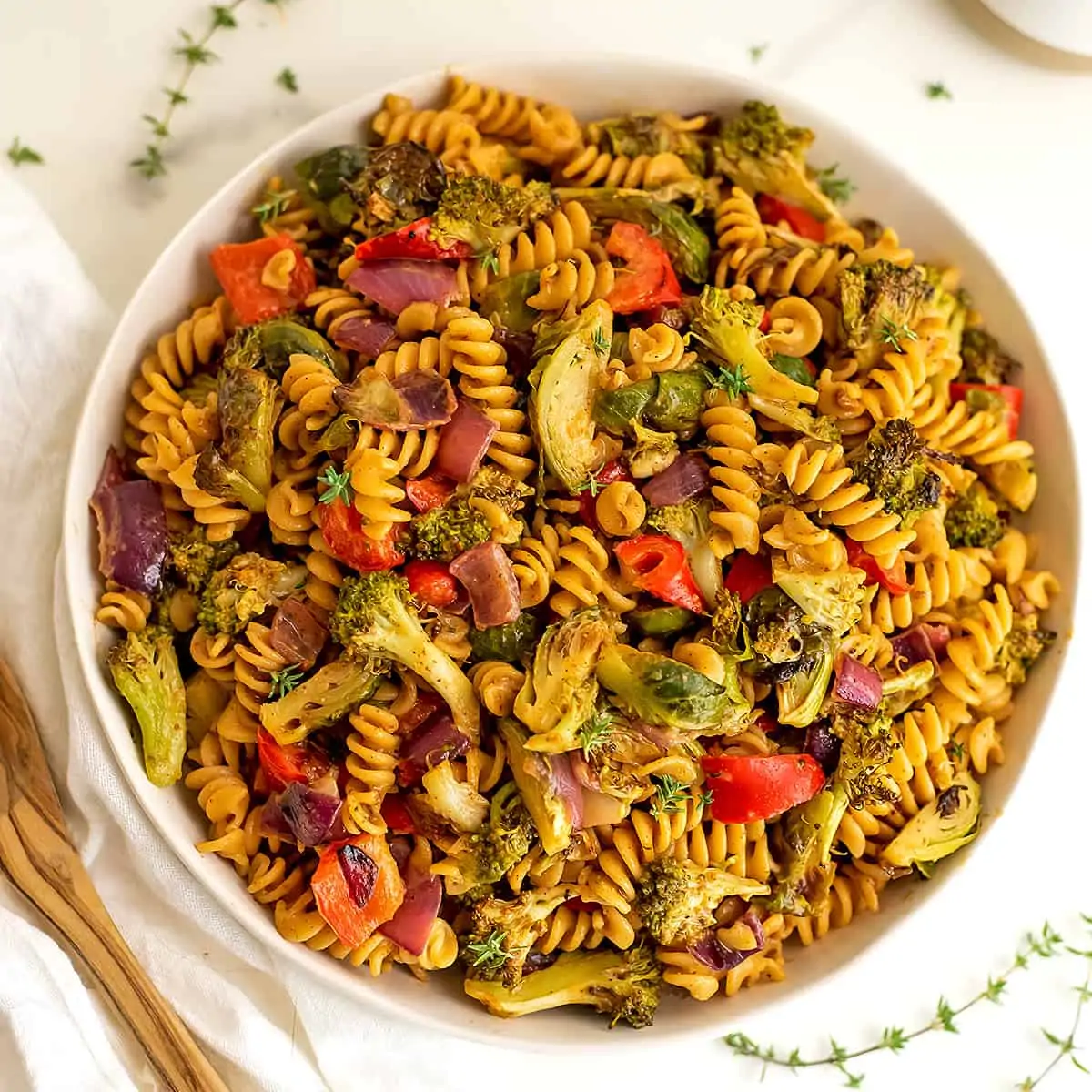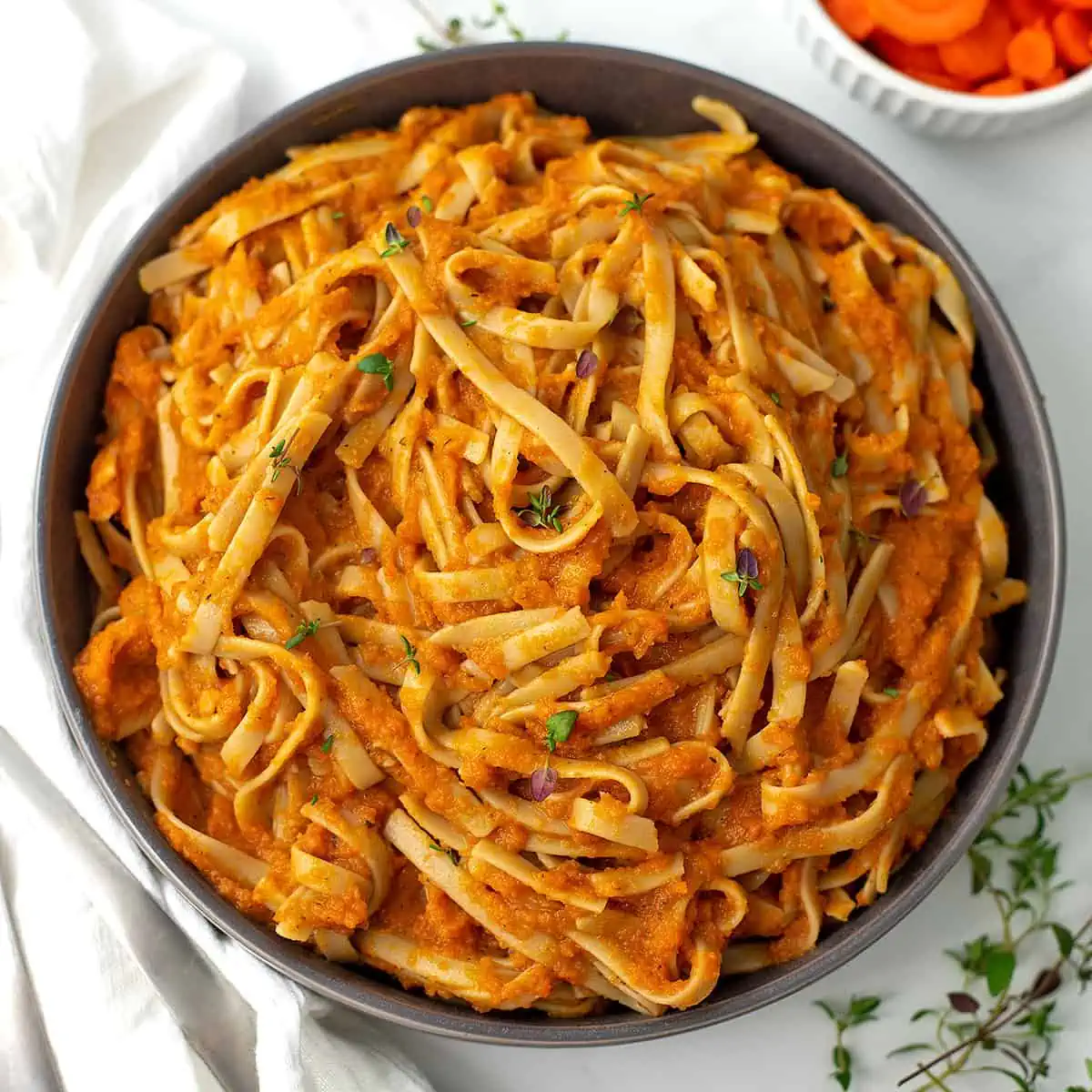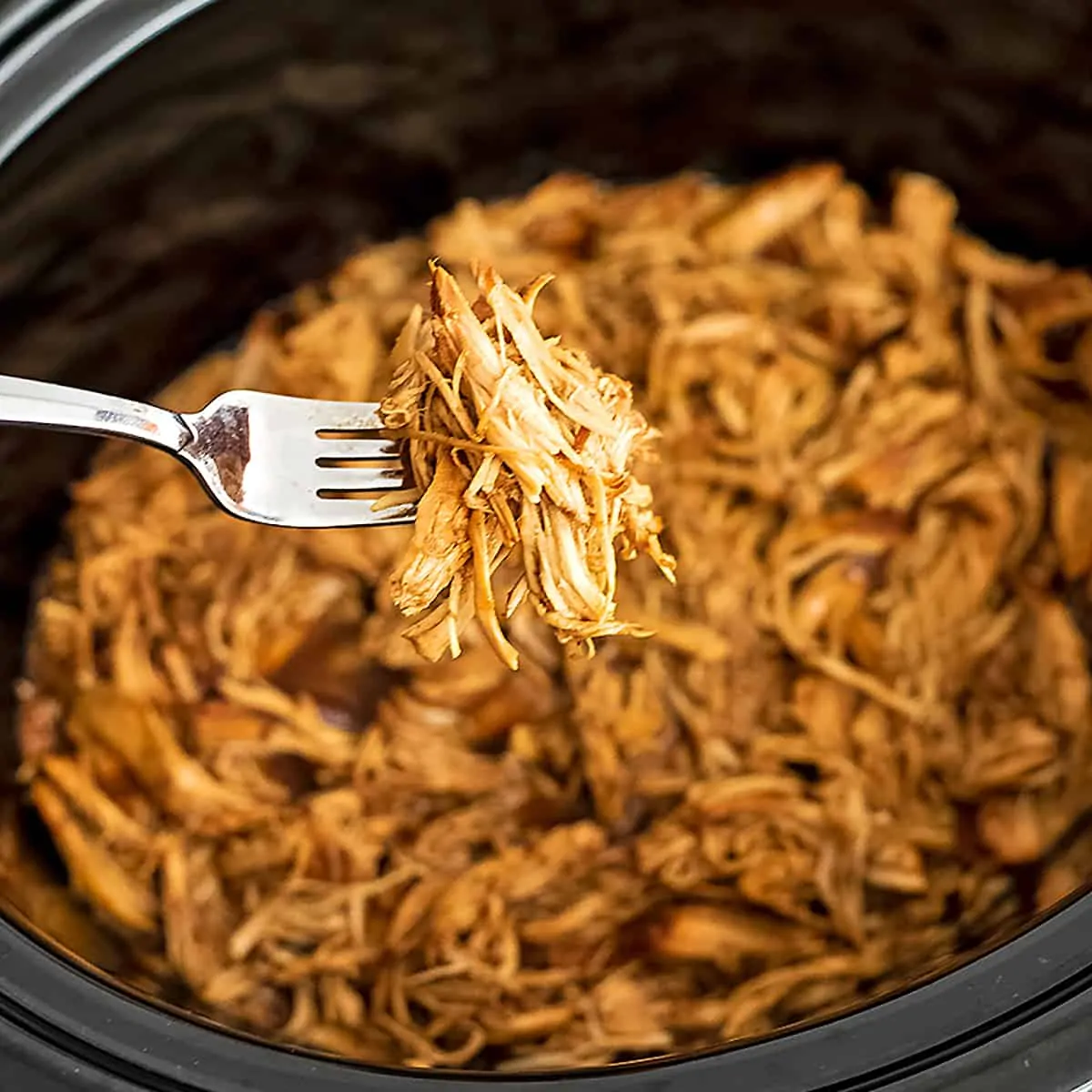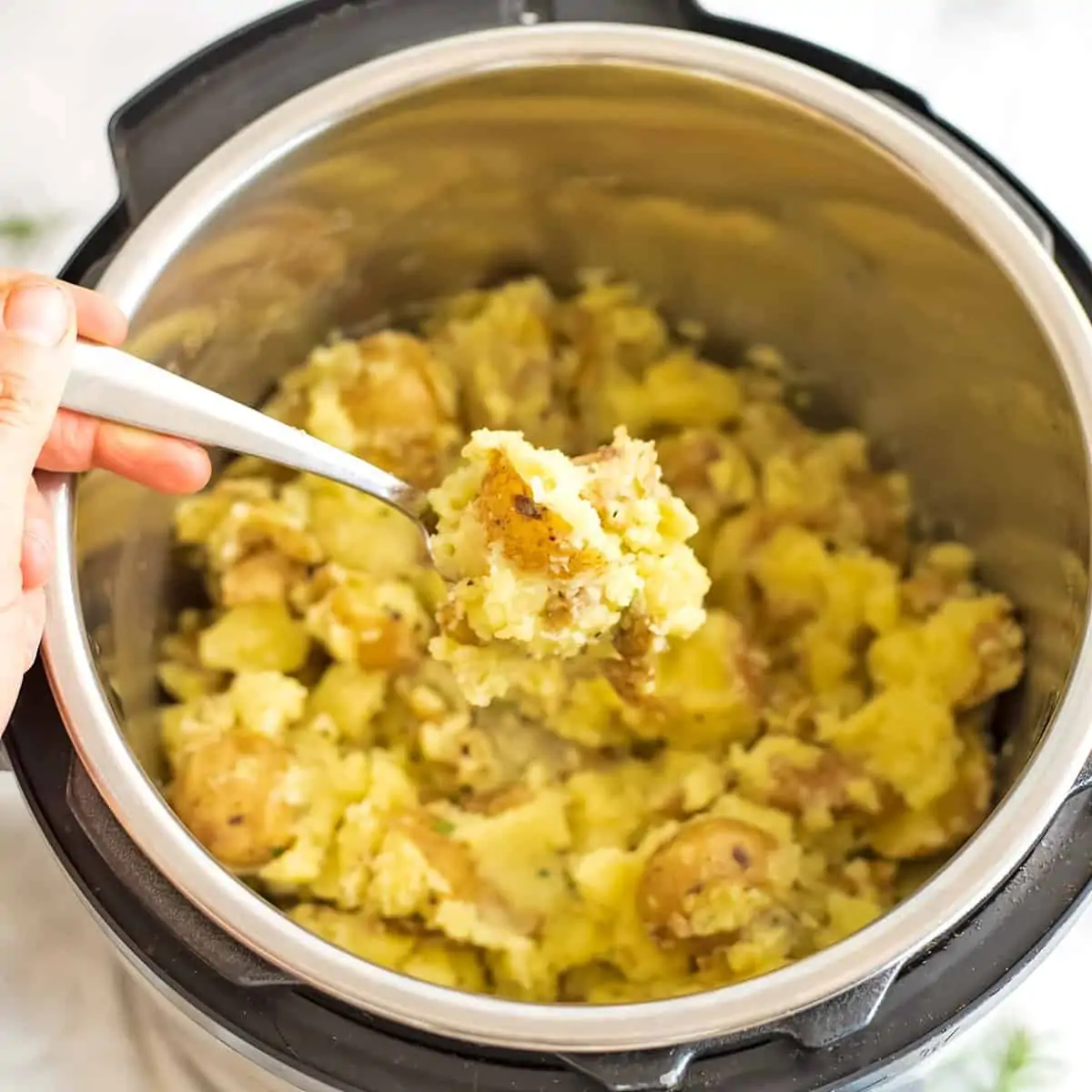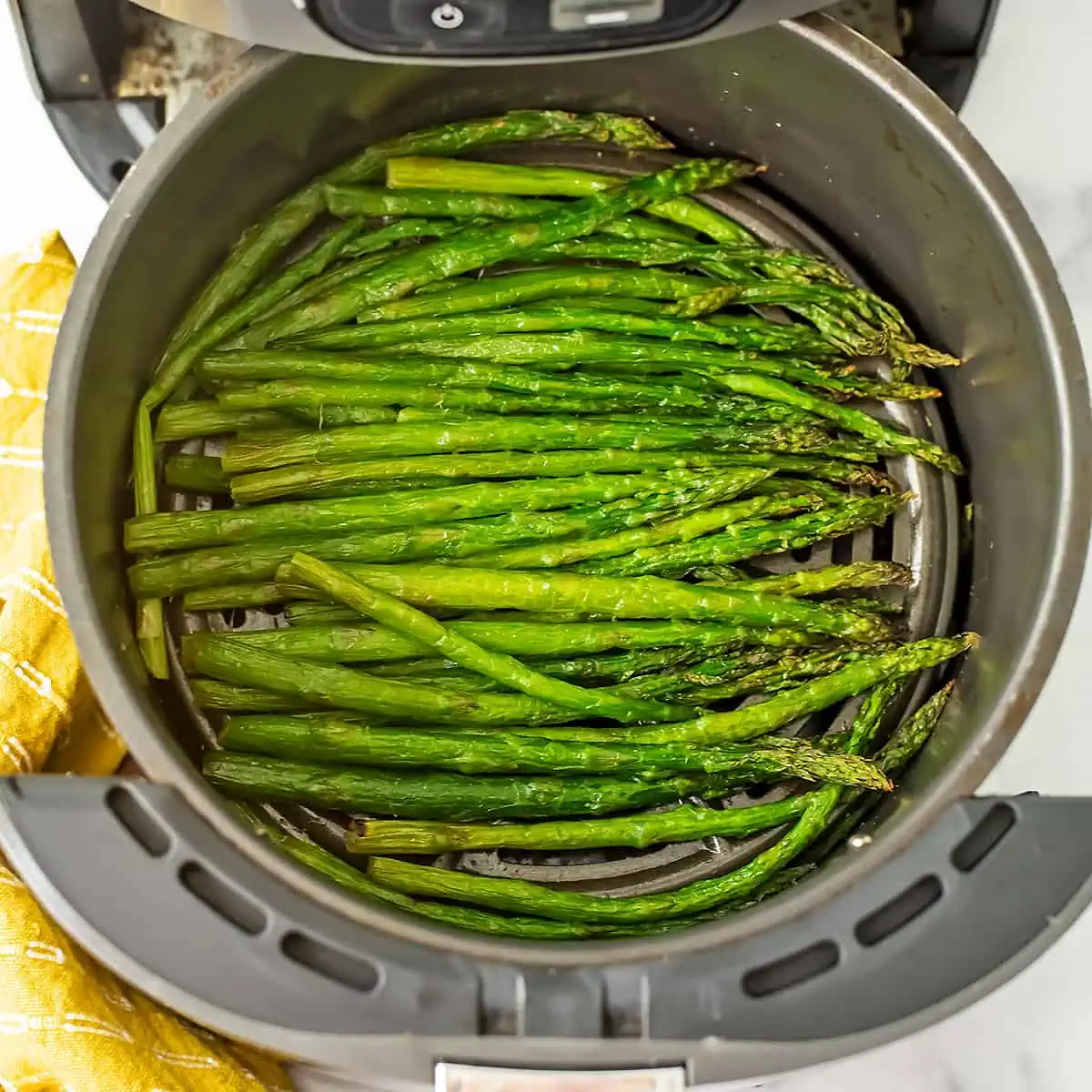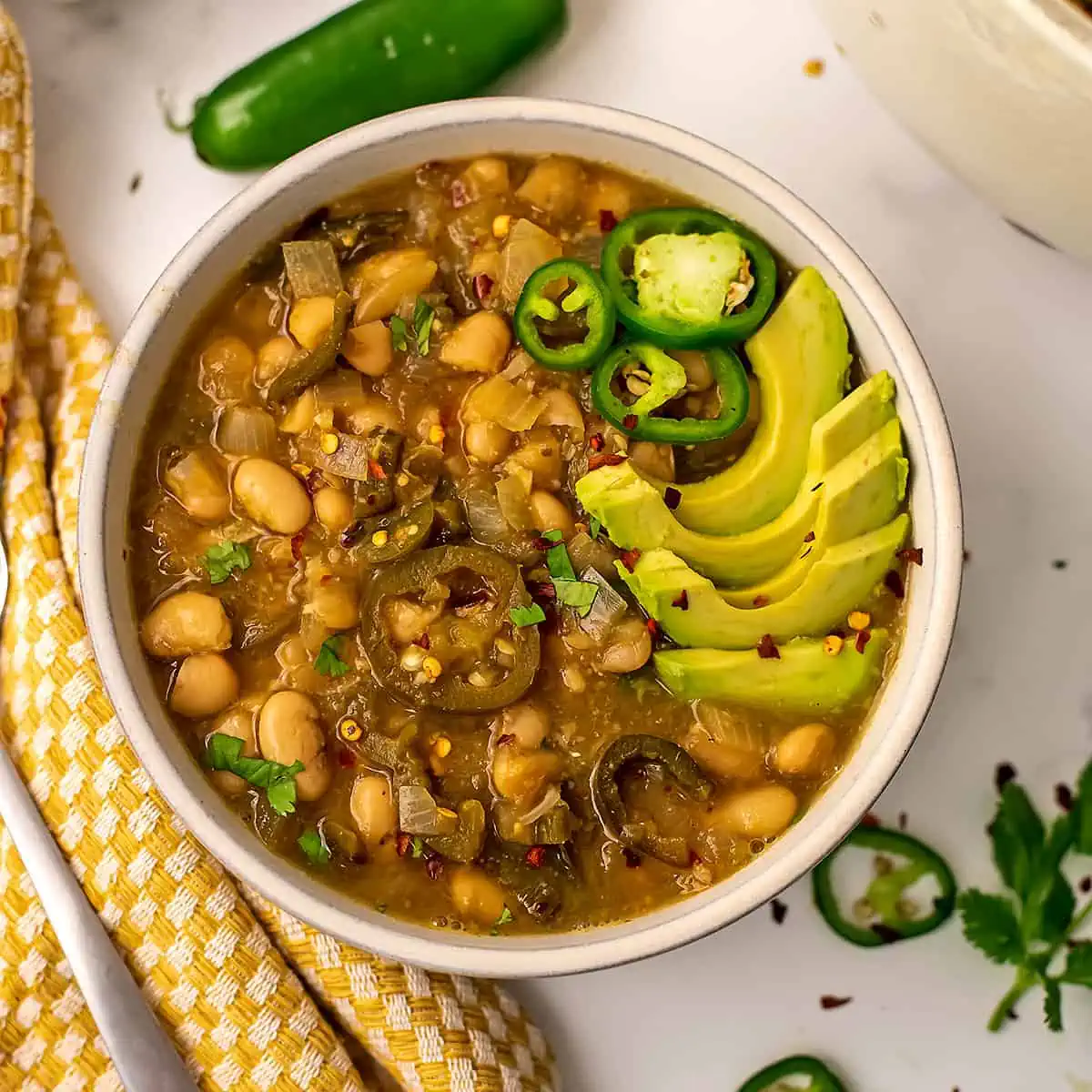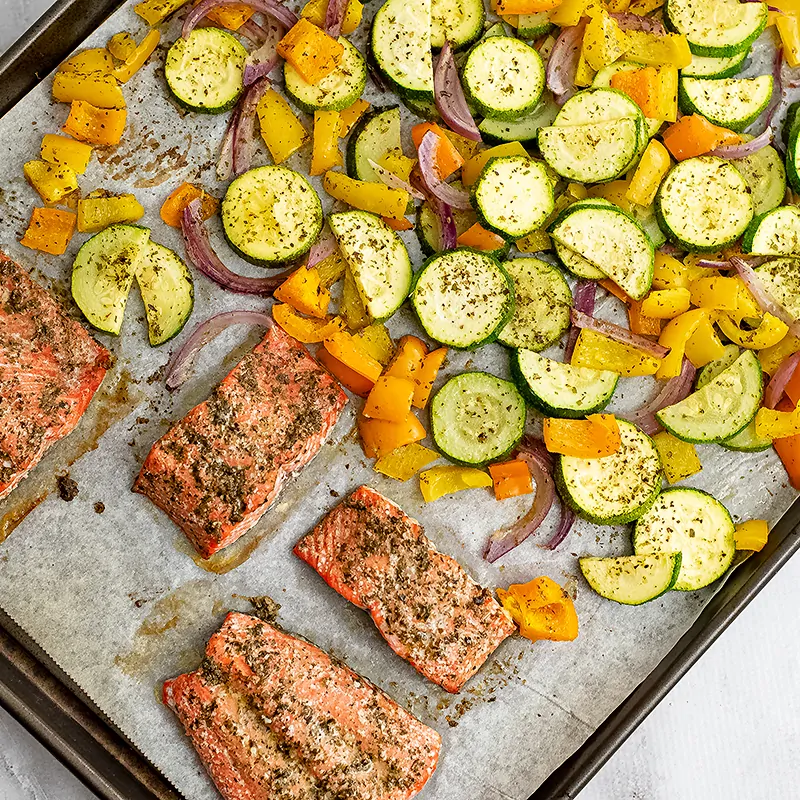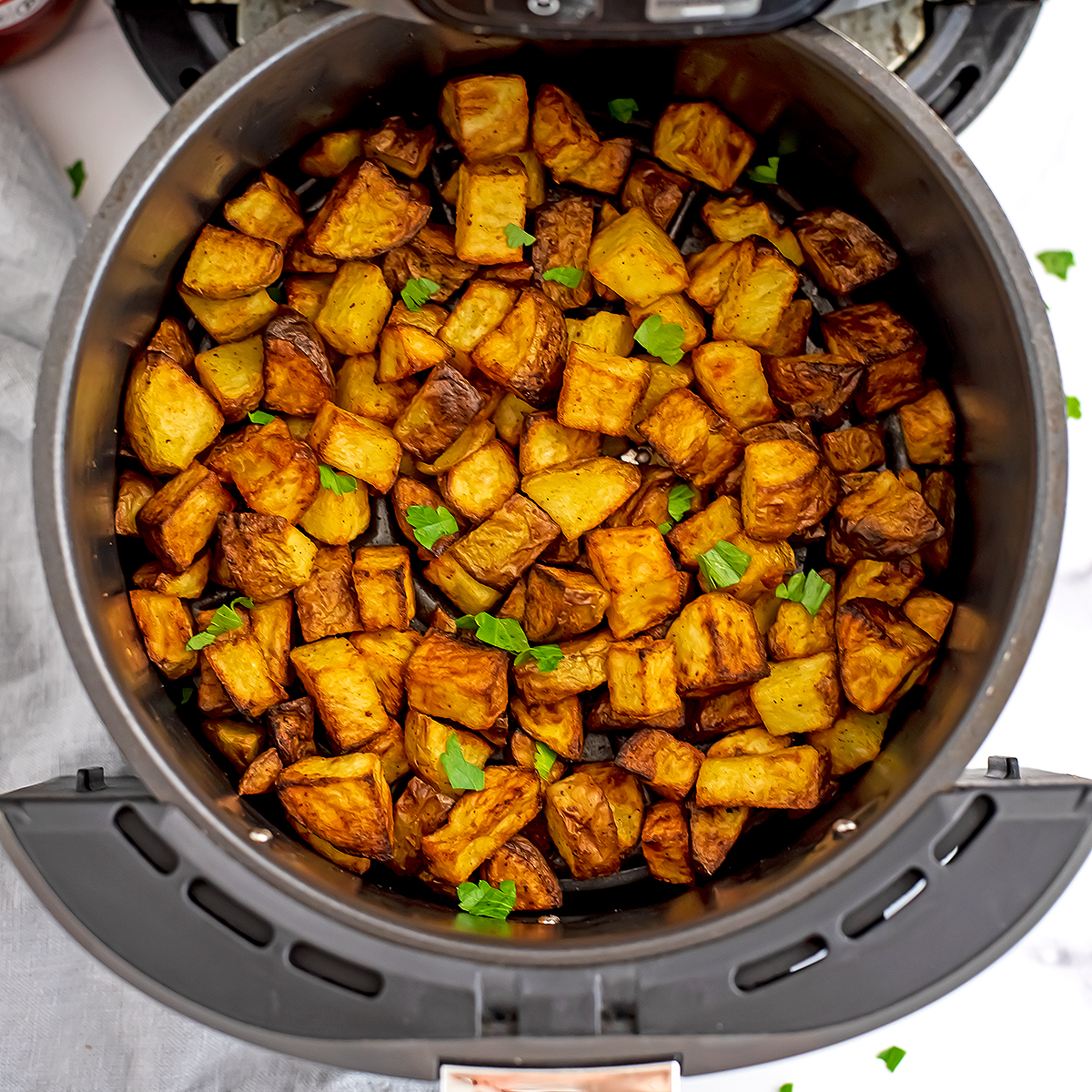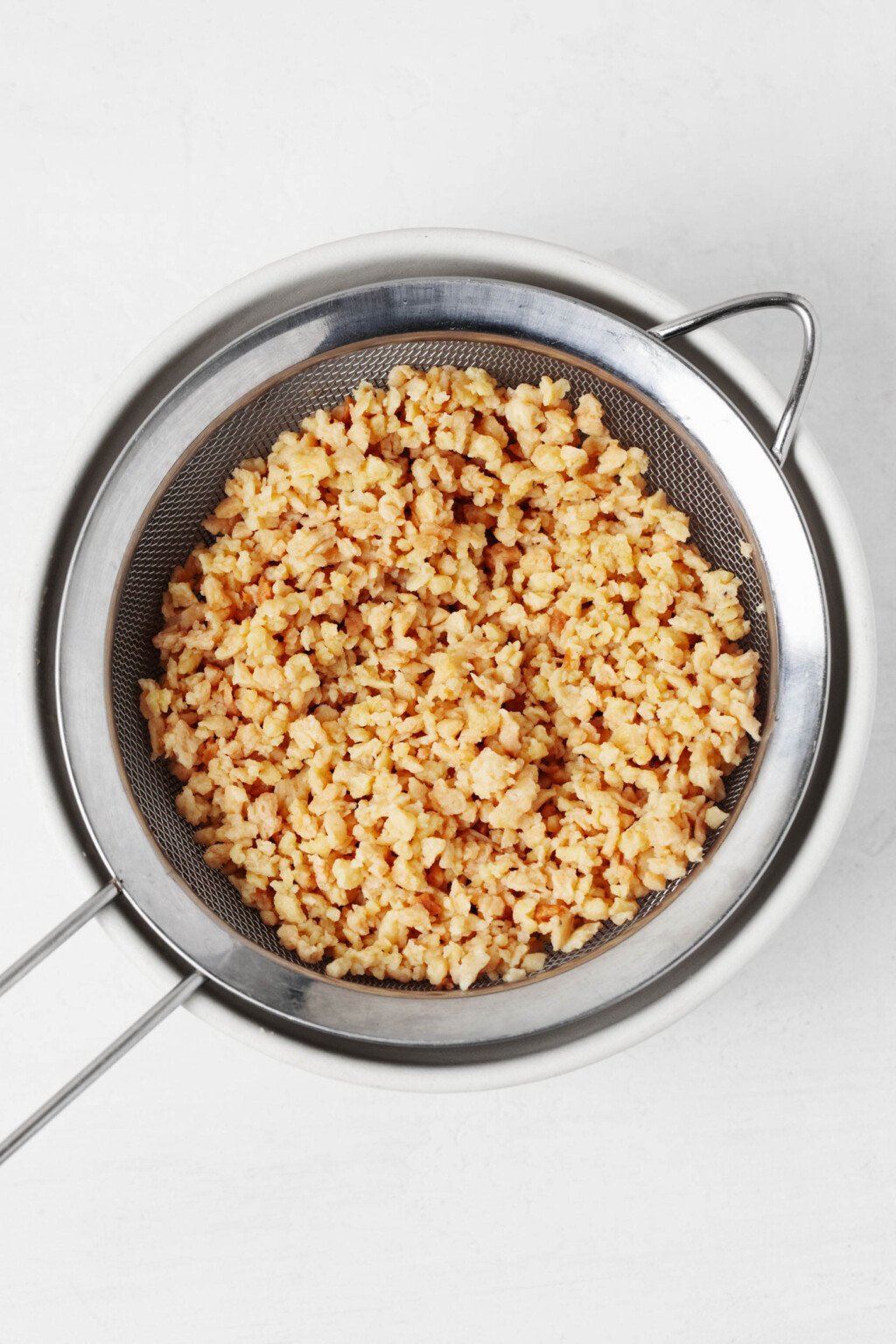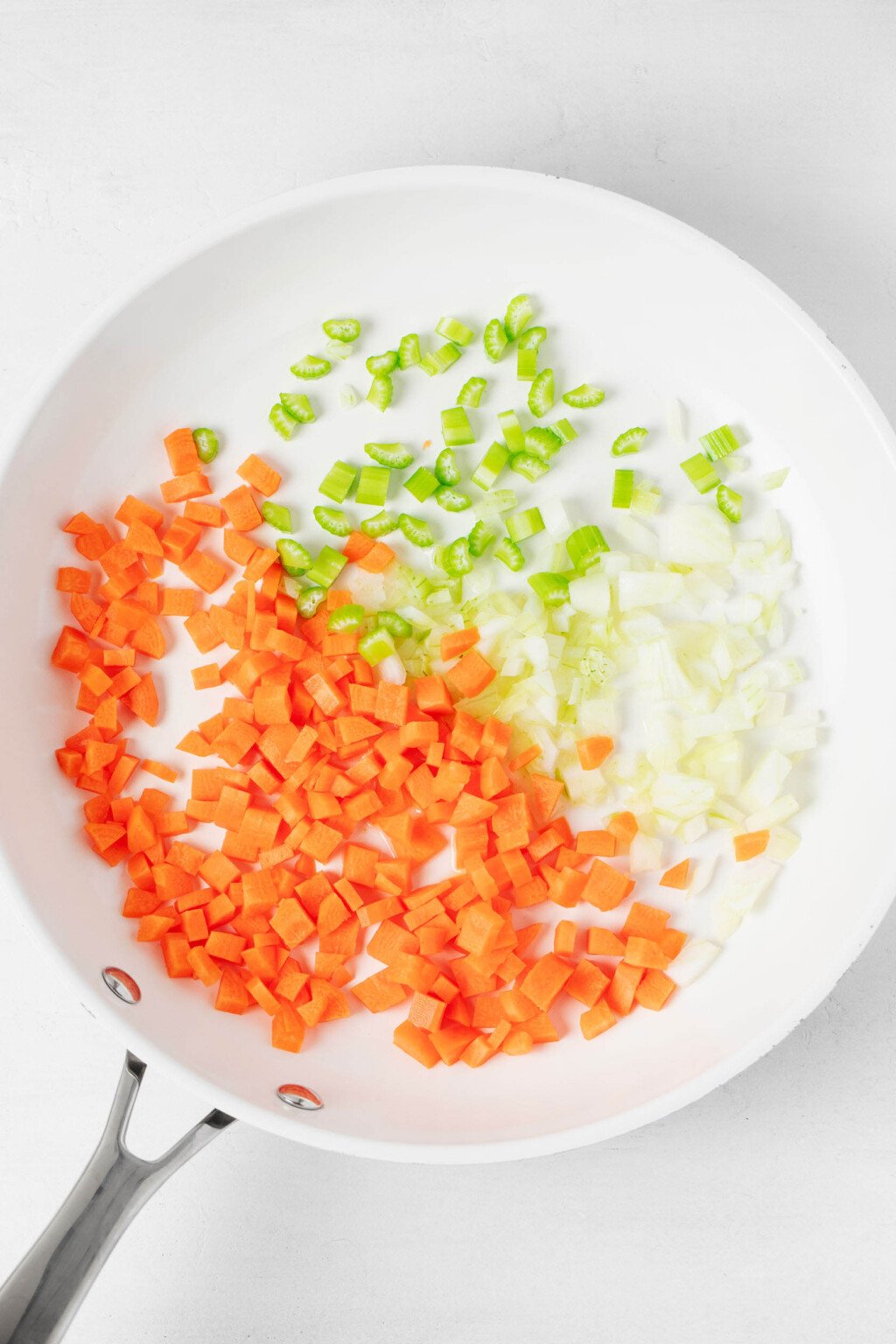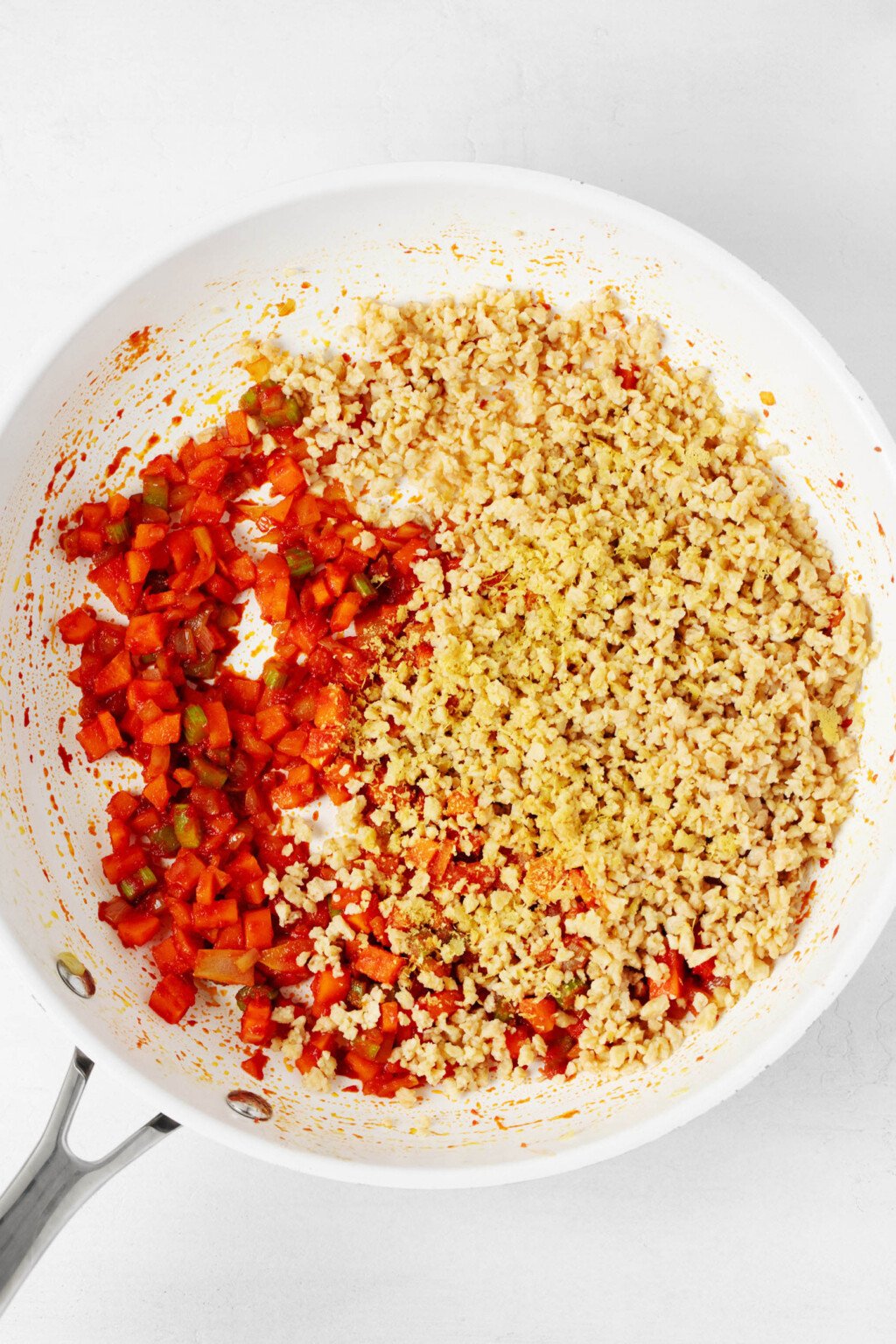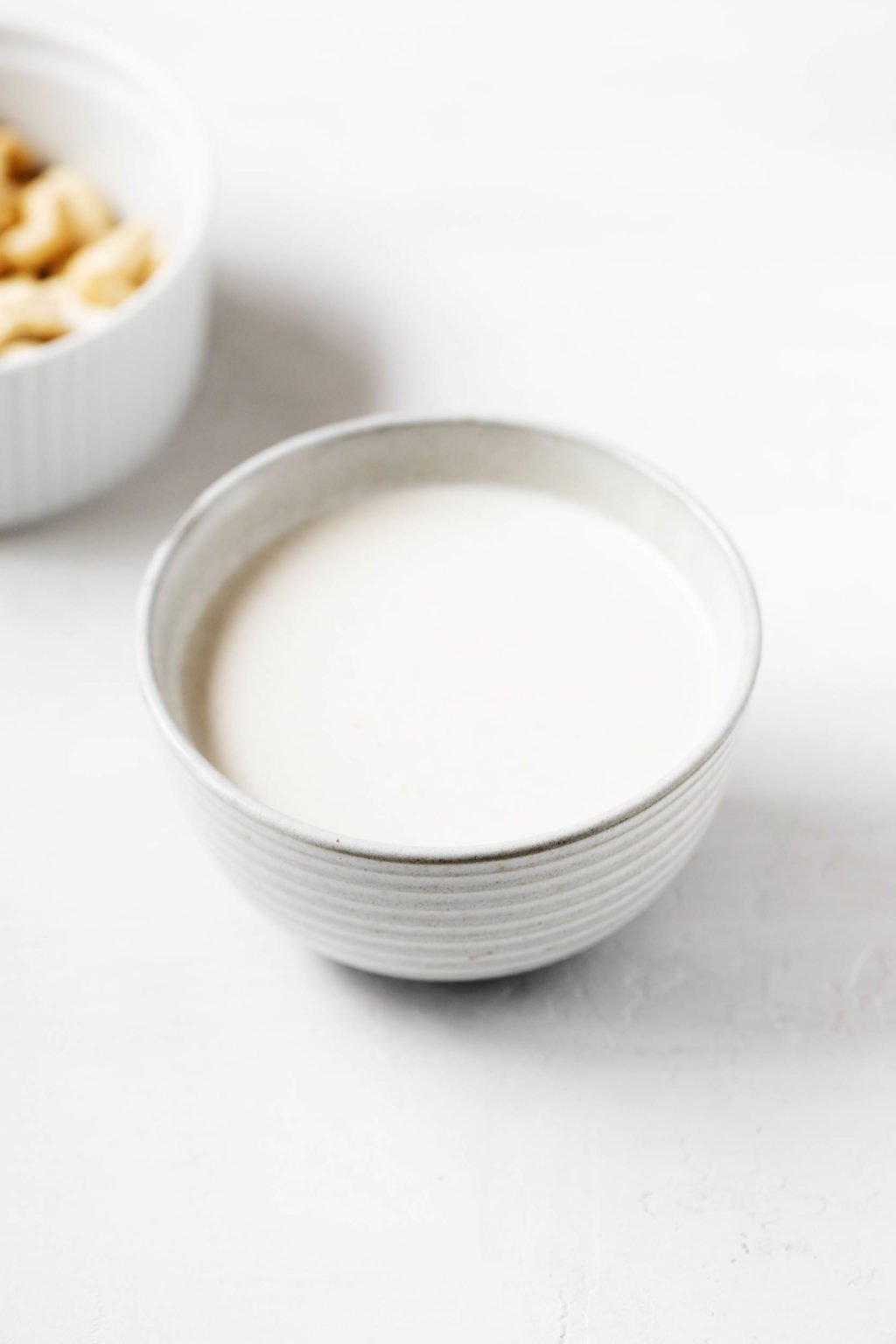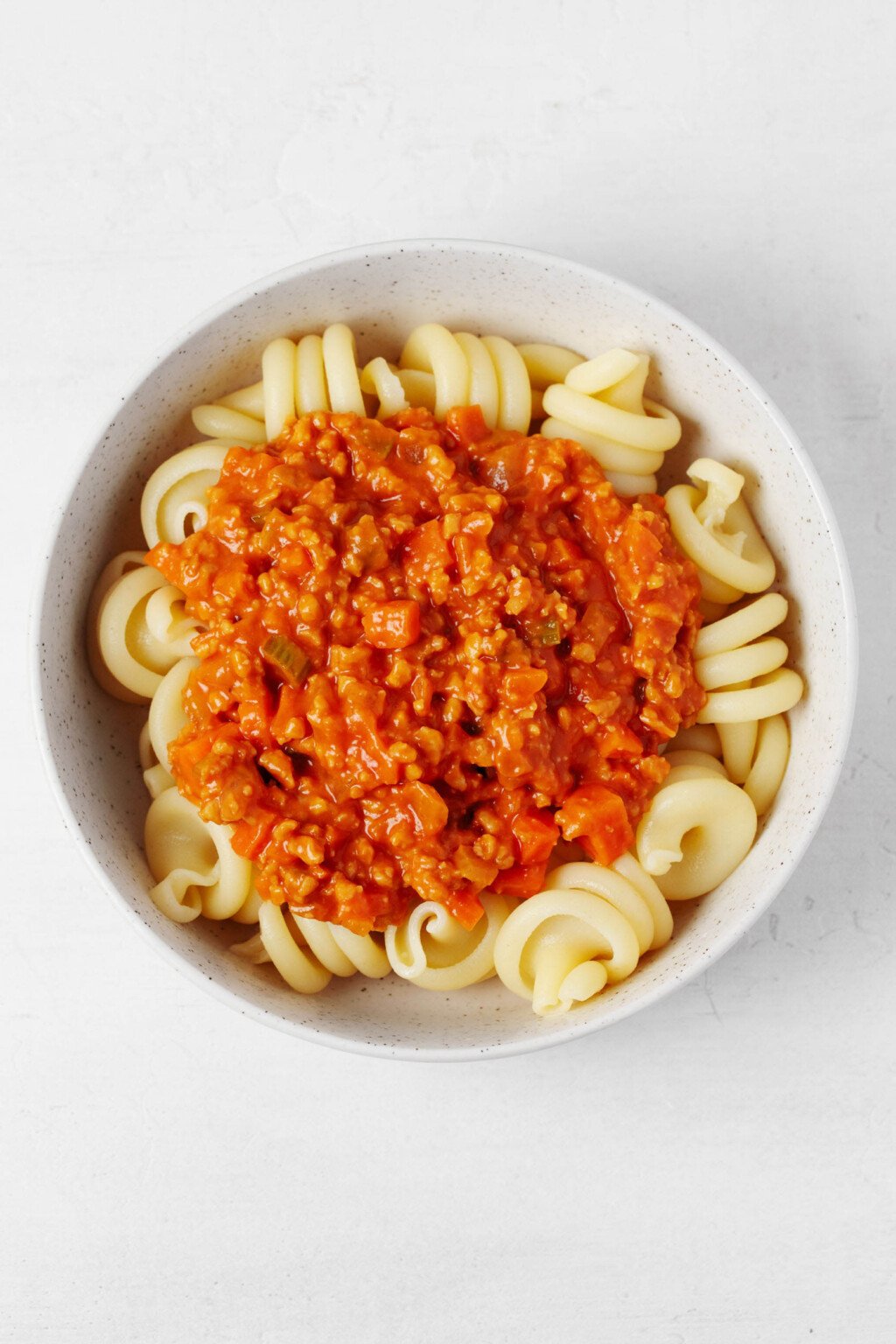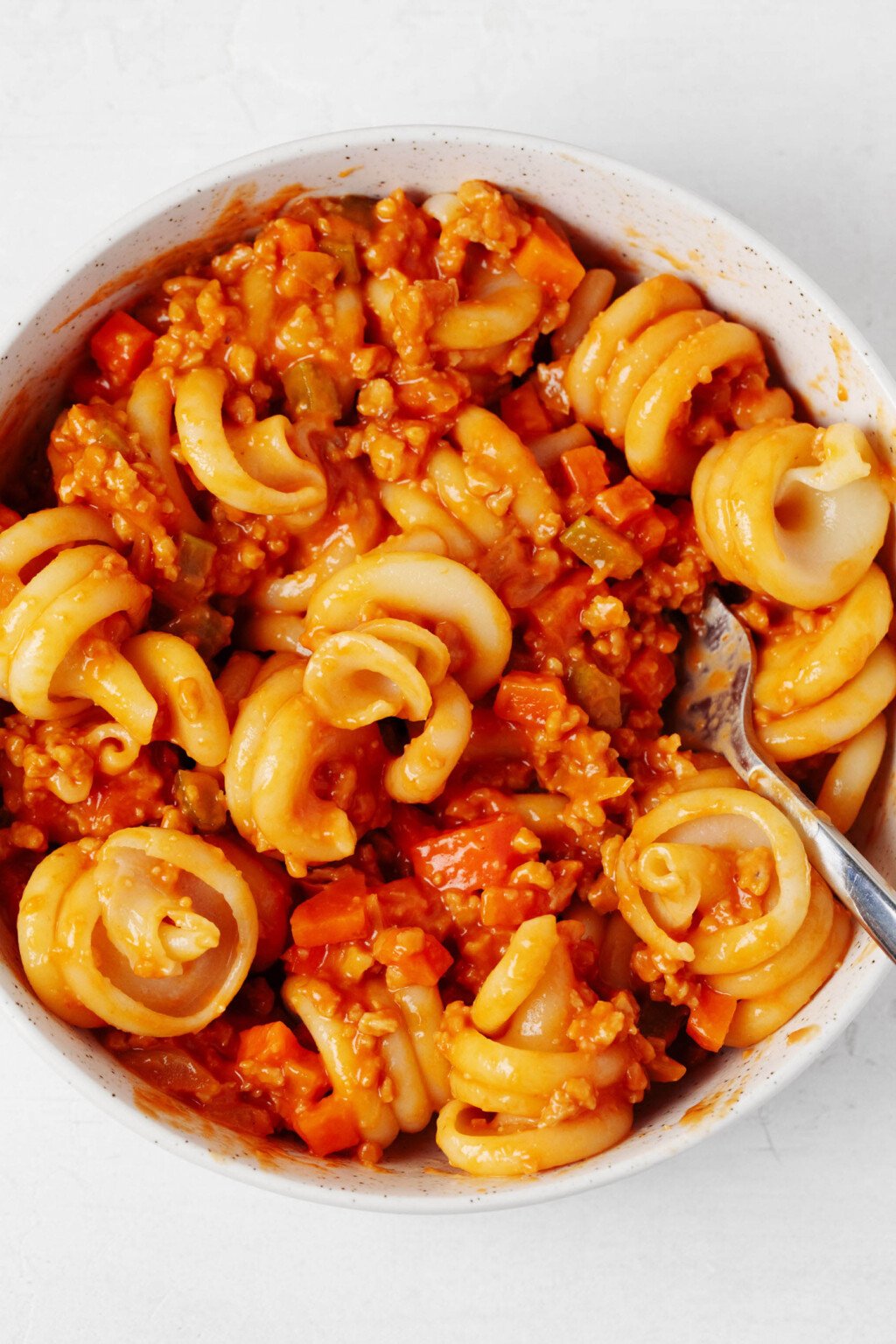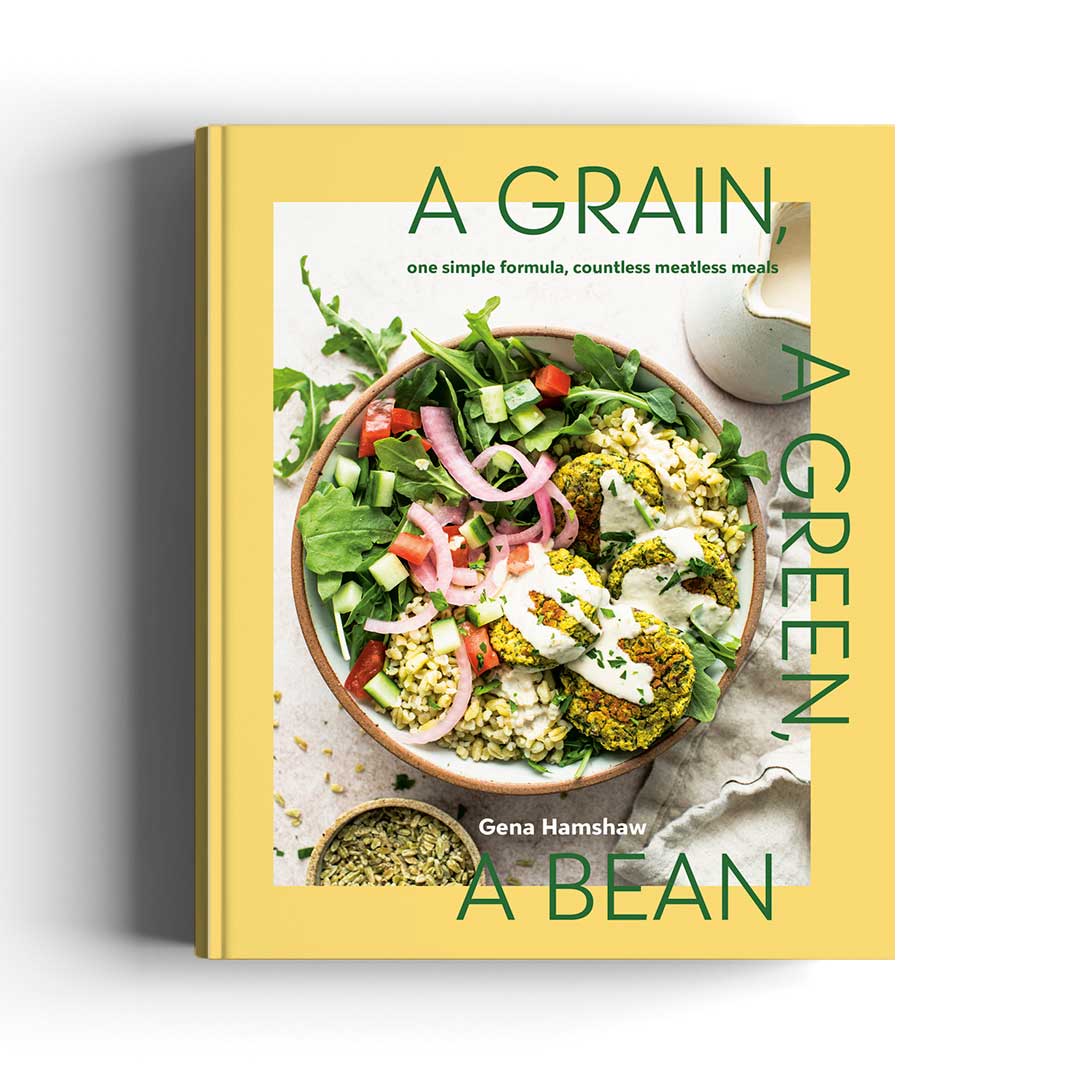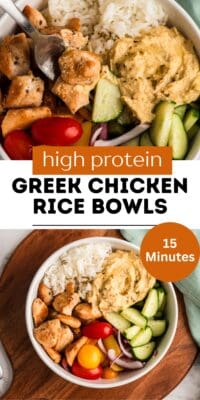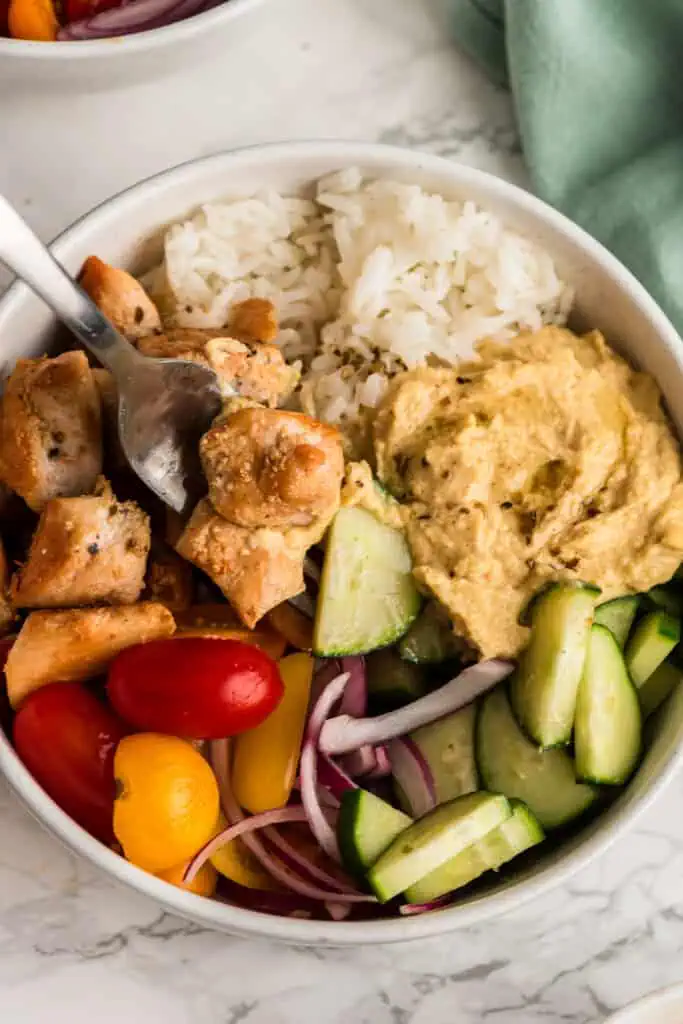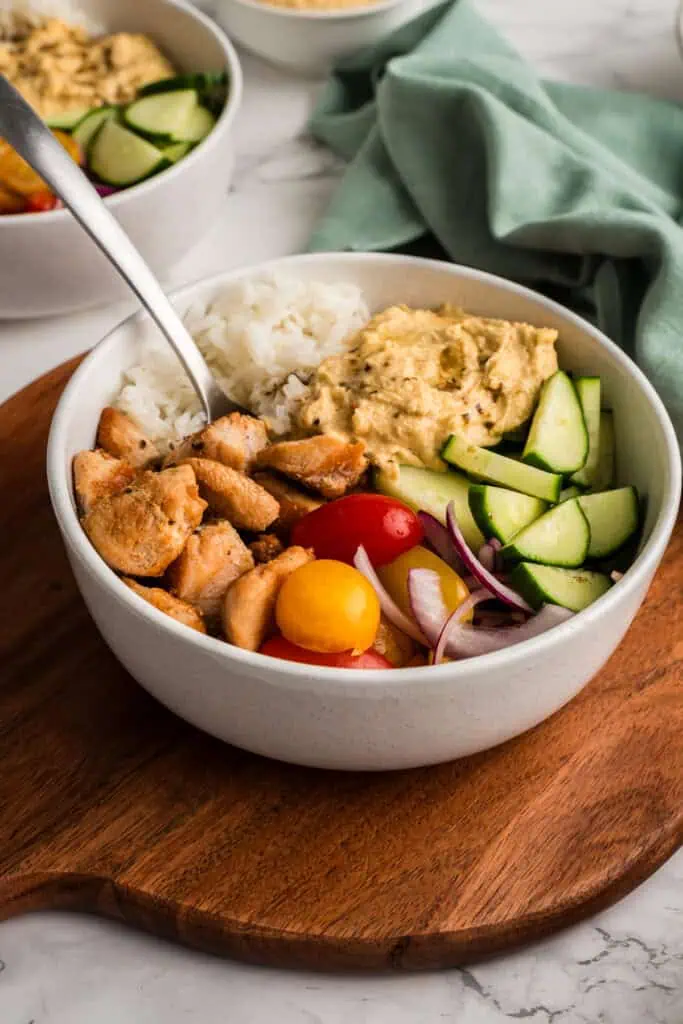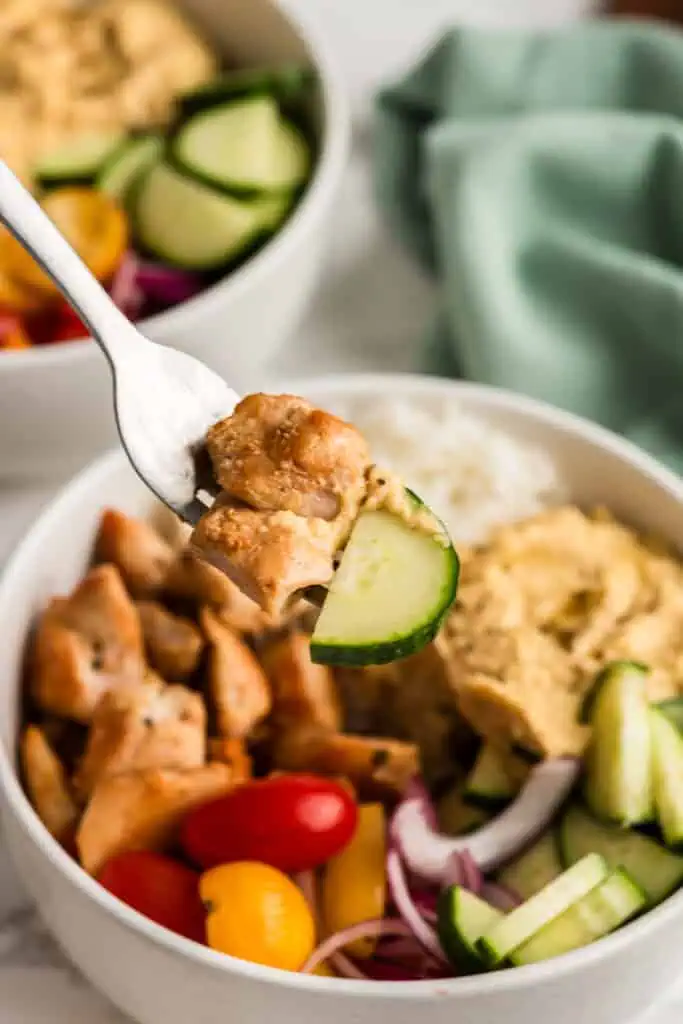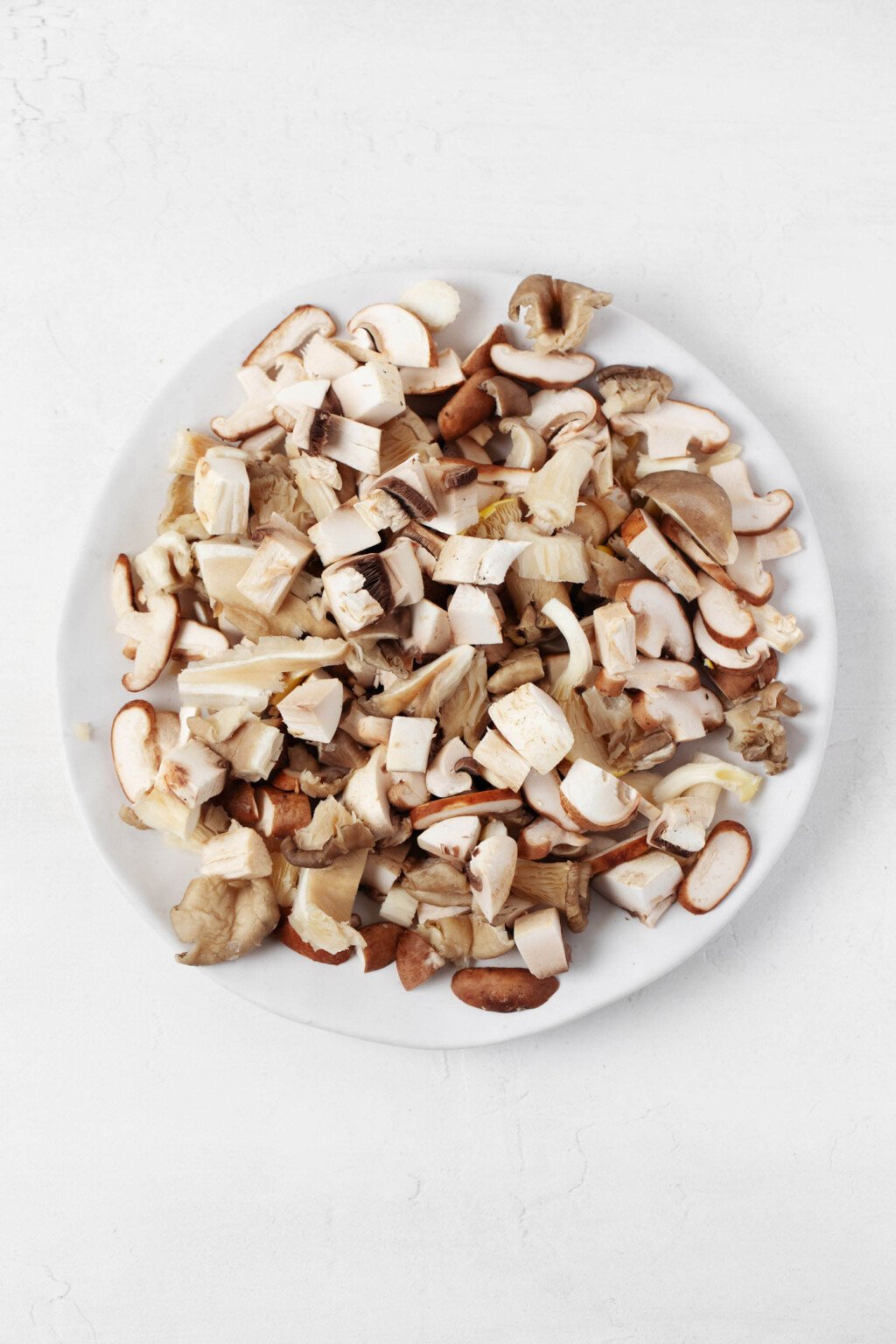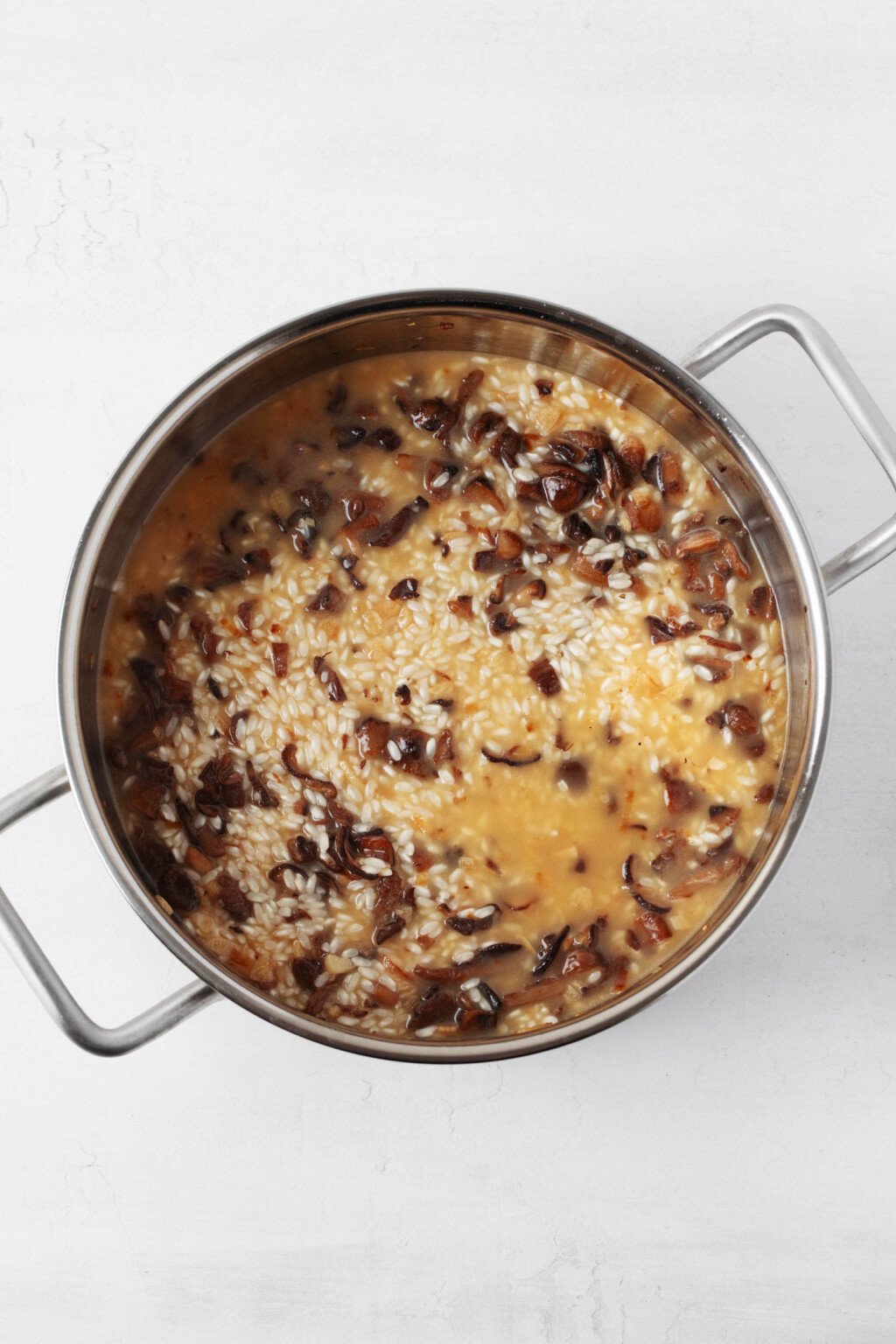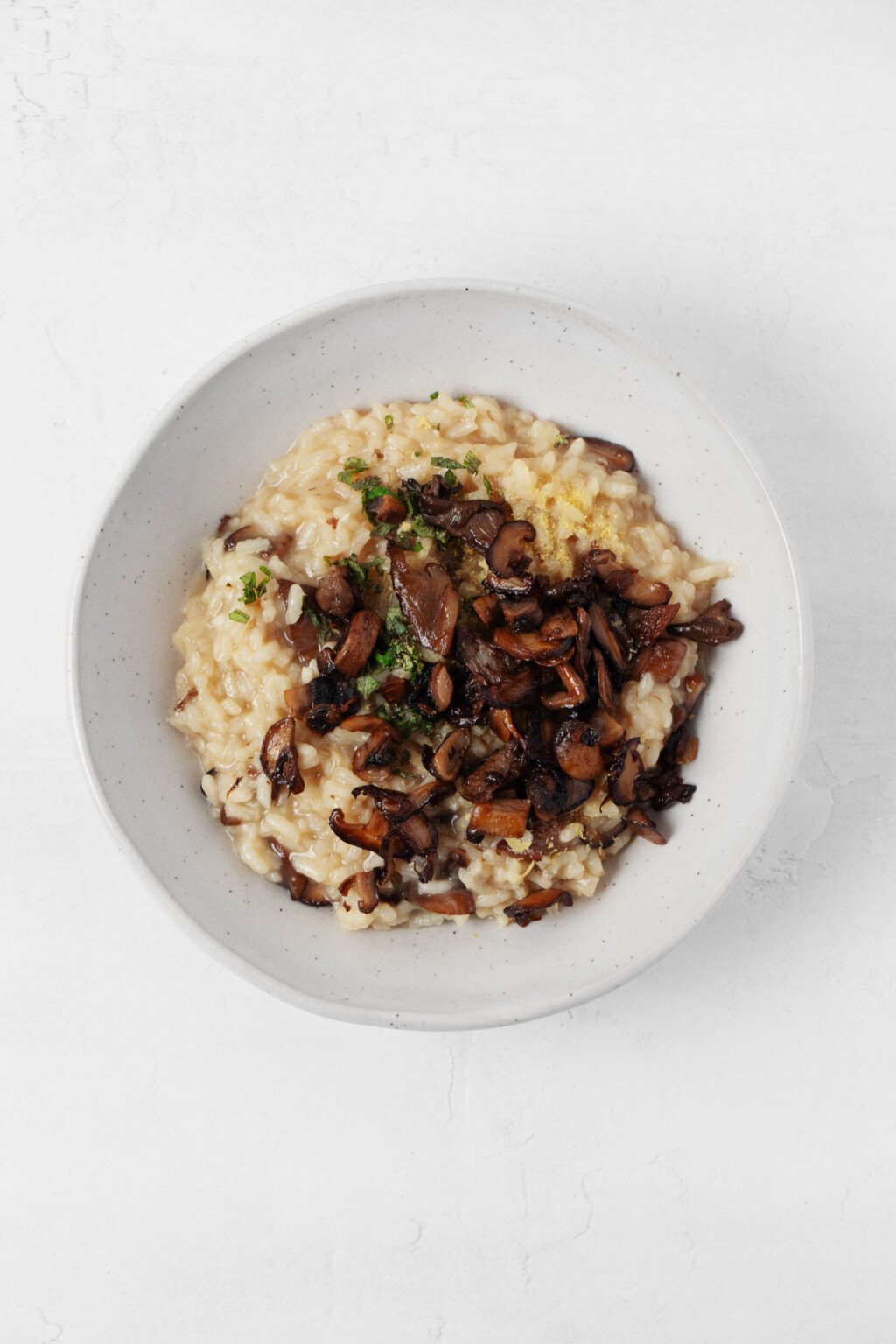Hair thinning is one of those sneaky things that most of us don’t think about… until it starts happening. Maybe you notice your part looking wider, a bit more scalp showing, or your ponytail just isn’t as thick as it used to be. As someone who has had postpartum shedding six times, plus thyroid hair loss, I’ve been there.
Ever since I became a mom, I’ve been interested in clean beauty and evidence-based wellness. So I was super intrigued when I learned about OneSkin’s OS-01 HAIR peptide scalp serum. You’ve probably heard me mention OneSkin’s skincare products before and I interviewed their co-founder Alessandra here.
While I’ve been known to slather yogurt on my face and mud on my hair, not every skincare product has to be one ingredient. OneSkin is unique in that they formulate their products with their patented peptide OS-01. It helps reverse skin’s biological age and targets what many call “zombie cells.”
Yes, zombie cells. Let’s talk about what that actually means—and whether this serum is worth the hype.
What Is the OneSkin Hair Peptide Serum?
The OS-01 HAIR Peptide serum is a lightweight, leave-on serum designed to support scalp health. It helps reactivate hair’s natural growth cycle and reverse the clock on an aging scalp and thinning hair. What makes it unique is that it doesn’t just try to condition your hair or stimulate follicles with caffeine or chemical drugs. It targets a root cause of age-related hair thinning: cellular senescence. This helps restore hair follicles to their younger state.
This serum helps reduce the buildup of old, damaged cells (aka “senescent” or zombie cells) on the scalp. As we age or when we’re exposed to environmental stressors (like pollution or too much sun exposure) skin health declines. Our skin becomes thinner, saggier, and overall more damaged. This also has an effect on our scalp and hair follicles and can damage how well hair can grow.
Unlike many products that just focus on cosmetic appearance, OneSkin is tackling the biological age of your scalp. Plus, they have some solid science to back it up.
Why Are Senescent Cells A Big Deal?
Senescent cells are often called “zombie cells” because they’re technically alive, but they’ve stopped doing their job. Even worse, they cause inflammation that can damage nearby healthy cells. Over time, this creates a ripple effect leading to:
- Chronic inflammation
- Impaired cell function
- Faster skin and scalp aging
- Smaller hair follicles and thinning hair
And this doesn’t just affect the skin, scalp, and hair follicles. This inflammation creates a domino effect that can cause further inflammation deeper in the body. And when our body is struggling with inflammation, it’s hard for our cells to do their job.
Starting as early as our 20s, these cells begin to build up in our skin, including the scalp. Their accumulation is linked to stress-related hair loss, age-related thinning, and even pattern baldness.
The OS-01 peptide found in their hair serum helps reduce the spread and accumulation of these dysfunctional cells. This creates a healthier scalp environment and supports the natural hair growth cycle.
The Results: What the Science Says
It’s important to me that whatever products I use have some solid evidence to back them up. And the ladies behind OneSkin have some pretty impressive credentials and lab experience. They tested the serum both in lab settings and with real users. Here are the results on their OS-01 hair peptide serum. They found that:
- After 6 months, over 86% of users had an increase in hair density. The average was about 39% better hair density.
- On average, most users had about a 43% increase in hair thickness after 6 months.
- 80% saw better hair after 3 months
- And after 6 months, over 76% said their hair felt healthier
Looking at the OS-01 peptide (the main ingredient), there’s even more research to back up their claims. In lab studies that measure biological age, the skin treated with OS-01 acted up to 2.5 years younger than untreated skin. Other lab results showed a thicker epidermis and markers of collagen and hyaluronic acid production in the skin. It also decreased biomarkers of senescence.
What’s unique about this peptide is that it enables skin to be healthier, stronger, and repair itself. This leads to a healthier scalp and a stronger foundation for hair growth.
Key Ingredients of OneSkin’s Serum
The OS-01 peptide is the star, but the serum also features other functional, plant-based ingredients. Here’s a look at what each one does:
- OS-01 Peptide: This peptide helps reduce the buildup of senescent cells and helps the scalp function like it should.
- Panax Ginseng Root Extract: Helps boost blood flow to the scalp. This circulation increase better delivers nutrients and oxygen to hair follicles.
- Fisetin: A natural antioxidant that’s found in foods like strawberries and apples. It helps protect against oxidative stress and inflammation, two things that speed up hair thinning.
- Rice Bran Water: Strengthens and smooths hair, adds shine, and may gently exfoliate the scalp.
- Sunflower Sprout Extract: Rich in antioxidants and vitamins A, D, and E. It helps protect the scalp and hair from UV damage. And this extract supports hair density and resilience to stressors.
- Biotin: This popular hair supplement is well known for supporting keratin production and strengthening hair. It helps prevent breakage and promotes thicker hair.
- Inulin and Alpha-Glucan Oligosaccharide: Prebiotics that feed the good bacteria on your scalp. These help maintain a healthy scalp microbiome, improve hydration, and reduce irritation or dryness.
How to Use OS-01 HAIR Peptide Scalp Serum
This serum is simple enough to use and is easy enough to fit into a hair care routine. While I love castor oil for hair growth, it can be thick, sticky, and a little harder to apply. The nice thing about OneSkin’s serum is that it’s really lightweight and easy to use!
To use it, simply apply the serum to your trouble spots, or all over your scalp. They recommend using it once or twice a day. Then massage it into the scalp and leave it on. No need to rinse! It dries quickly and doesn’t leave my hair feeling sticky or oily. I also like that it’s fragrance free. If you often style your hair, you may want to use it away from other hair products though.
Adding a Dermaroller
OneSkin also sells a dermaroller that you can pair with the scalp serum. Basically, it’s microneedles that create little punctures in the skin barrier. This stimulates the body’s natural healing processes and boosts collagen in the area. It also helps the scalp serum penetrate further into the scalp.
I did try the dermaroller, but I didn’t use it long term with the serum. OneSkin’s test results showed that while the dermaroller can help boost results some, users still saw really good results without it. If you do opt for the added dermaroller though, then be sure to follow their instructions for keeping it clean. You’ll also want to use it on a clean scalp right before applying the serum.
How Fast Does it Work?
Most people started seeing positive changes at around 3 months, with more results by 6 months. Like most good things in life this isn’t a quick fix. But with some dedication, it can really help hair and scalp health in the long term.
Here are some of the pros and cons I found while testing the scalp serum:
Pros:
- Tackles a root cause of hair thinning—senescent cells
- Science-backed with clinical results
- Safe for sensitive skin and all hair types
- Fragrance-free and non-greasy
- Easy to apply and leave on
Cons:
- Results take time. Requires consistent use over several months
- Higher price point than standard scalp serums (though it works better!)
- Addresses age and stress related hair loss, but may not help with hair loss from other causes.
Final Thoughts on OS-01 HAIR Peptide Scalp Serum
I liked how the product didn’t feel really sticky or hard to apply. I did notice some healthier looking hair, especially near the hair line. And while I didn’t use the dermaroller long term, if I had severe hair thinning or bald spots, I’d probably use it.
I’m always a fan of skincare and hair care that don’t just mask symptoms, but help address the root cause. And while we can’t stop the aging process, we can use products like OneSkin to help our skin (and scalp) age more gracefully. It’s one of the few hair products out there that looks beyond cosmetic fixes and addresses a biological cause of thinning—senescent cells.
It won’t work overnight, but if you’re patient and consistent, the data suggests it can make a real difference.
Where to Get OneSkin’s OS-01 HAIR Peptide Scalp Serum
You can read all of the details and dig even deeper into the science by checking out the scalp serum here at OneSkin. I’ve also worked out a deal with them so you can get a discount with the code wellnessmama15 if you want to try some for yourself.
Have you noticed your hair thinning or not looking as full as it used to? What products have you tried (or want to try!) to address your hair? Drop a comment and let us know!






